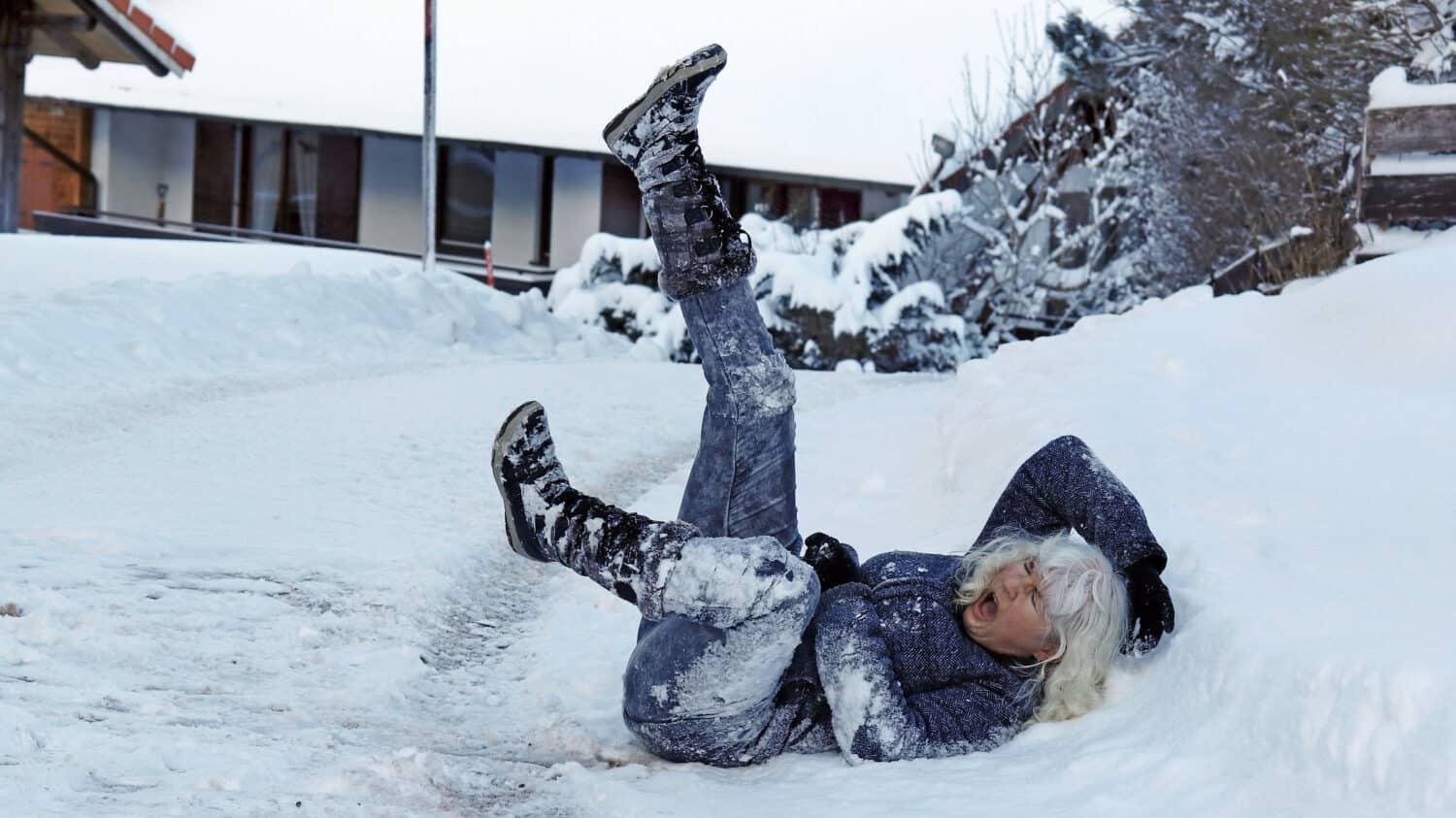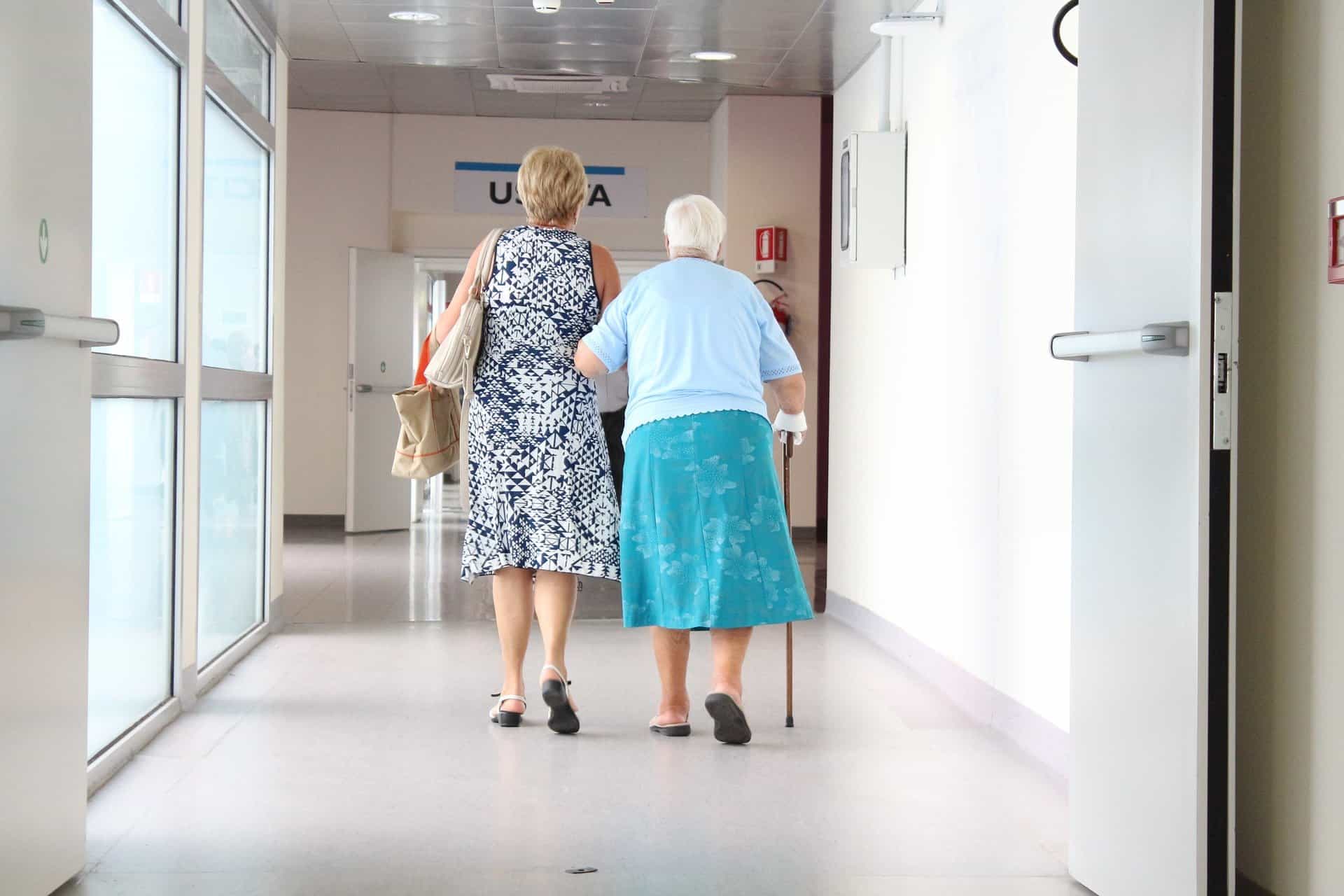
Falls in Older Adults Statistics
Falls are a major problem that affects many older Americans. These falls can generate high medical costs and often result in surgeries and extended hospital stays. There are many reasons why older Americans may be more susceptible to falls compared with their younger peers. The remainder of this piece will explore some statistics related to falls in this population demographic and offer recommendations on concrete steps that family members can take to reduce falls.
Basic Fall Statistics
The National Council on Aging (NCOA) reports that one in four older Americans experiences a fall annually. These falls can vary dramatically in severity. Some do not require any medical care, whereas others can have fatal consequences.
However, even though not all falls are severe, a significant number of them are. Below are several key statistics that discuss the severity of these falls.
- More than 1 in every three falls involving older adults either requires medical assistance, such as going to a regular doctor’s appointment or a trip to the emergency room, or results in activity limitations for a day or more.
- NCOA explains that each year more than 2.8 million people are seen in the emergency room for falls. Approximately 1 out of 4 individuals taken to the emergency room wind up hospitalized. These hospitalizations can be both lengthy and costly.
- Roughly 1 percent of older Americans who experience a fall will die as a result of this fall. This amounts to approximately 32, 000 deaths per year or just under 90 deaths per day due to falls. Sometimes, death happens immediately, and other times, the fall precipitates a dramatic downward spiral in an individual’s health, ultimately leading to the person’s death.
- Statistics suggest that 1 in 3 older adults will die within 12 months of a hip fracture and the risk of death may remain elevated for years following a fracture.
Falls can happen in any setting, including in the home or in community settings. However, the risk of falls may be particularly marked in hospitals and long-term care facilities.
- The Agency for Healthcare Research and Quality estimates that between three quarters of a million and a million hospitalized patients fall every year. Falls in hospitals can happen for a variety of reasons, including patients being disoriented from medications and challenges navigating around medical equipment in hospital rooms. Older adults may be more prone to falls in these unfamiliar settings.
- Perhaps not surprisingly, fall rates are also high in long-term care facilities. The AHRQ estimates that roughly 50 percent of nursing home patients fall each year, and that 10 percent of these patients may experience a severe injury related to their fall.
The Costs of Falls
The Centers for Disease Control and Prevention (CDC), as well as other public and private organizations, have devoted significant attention to exploring the financial cost of falls. Accurately estimating these costs can be complicated, but the numbers that have emerged from these studies are sobering.
- The CDC reports that treating non-fatal falls costs almost $50 billion per annum.
- Fatal falls are also extremely costly. Even though the total number of fatalities is relatively small, compared with the total number of falls, the financial costs of fatal falls stand at $750 million per annum.
- The CDC estimates that by 2030, the total number of falls is likely to increase to 52 million and the injuries related to falls will soar to 12 million, largely resulting from a U.S. population that is aging at a dramatic rate. Not surprisingly, these increased figures will lead to a dramatic uptick in costs. This increase has already been seen in the last decade as reported deaths from falls have risen approximately 30 percent.
No matter how shocking these numbers may be, there are two sobering facts to keep in mind. First, the methodology for accounting for fall costs may under-estimate many of the associated costs. Second, as the United States’ population continues to age, these costs are likely to continue to rise for the foreseeable future.
The Costs of Falls By State
Below, the costs of falls are listed for each state:
- Alabama: $671,000,000
- Alaska: $48,000,000
- Arizona: $857,000,000
- Arkansas: $436,000,000
- California: $4,371,000,000
- Colorado: $478,000,000
- Connecticut: $610,000,000
- Delaware: $162,000,000
- Georgia: $904,000,000
- Florida: $3,935,000,000
- Hawaii: $172,000,000
- Idaho: $164,000,000
- Illinois: $1,582,000,000
- Indiana: $850,000,000
- Iowa: $432,000,000
- Kansas: $338,000,000
- Kentucky: $651,000,000
- Louisiana: $605,000,000
- Maine: $255,000,000
- Maryland: $759,000,000
- Massachusetts: $1,148,000,000
- Michigan: $1,506,000,000
- Minnesota: $713,000,000
- Mississippi: $410,000,000
- Missouri: $883,000,000
- Montana: $130,000,000
- Nebraska: $221,000,000
- Nevada: $295,000,000
- New Hampshire: $186,000,000
- New Jersey: $1,349,000,000
- New Mexico: $257,000,000
- New York: $3,373,000,000
- North Carolina: $1,229,000,000
- North Dakota: $91,000,000
- Ohio: $1,785,000,000
- Oklahoma: $495,000,000
- Oregon: $553,000,000
- Pennsylvania: $2,318,000,000
- Rhode Island: $183,000,000
- South Carolina: $671,000,000
- South Dakota: $106,000,000
- Tennessee: $885,000,000
- Texas: $2,405,000,000
- Utah: $165,000,000
- Vermont: $110,000,000
- Virginia: $849,000,000
- Washington: $764,000,000
- West Virginia: $357,000,000
- Wisconsin: $781,000,000
- Wyoming: $60,000,000
Falls Levels Vary By State
Not surprisingly, when one looks at the costs of older adult falls on a state-by-state basis, one can see that costs vary dramatically across states. Here are a few examples of where the costs of falls are the highest:
- California: This state has a large population, which may explain why the cost of falls is higher. California’s total population is just under 40 million people and approximately 6 million of these people are over the age of 65. This population is more than the total population of 31 U.S. states.
- Texas and Florida: These two states have large cohorts of retirees. Roughly 15 percent of Texas’ population is over the age of 60, meaning that there are almost 4 million seniors in the state. The numbers are even more striking in Florida. Elderly residents account for more than 20 percent of Florida’s total population and number more than 4 million people.
- Rust Belt states, such as Pennsylvania, Ohio, and Michigan: These states are relatively older. Older individuals account for 17 – 18 percent of the populations in these states. Also, they have challenging winter weather. People, especially older adults, are more likely to slip and fall on snow and ice.
Beyond the Statistics
Not all aspects of falls can easily be quantified or captured in statistics. In fact, one of the hardest things for analysts to grasp is the impact of falls on older Americans’ quality of life. However, just because this phenomenon is hard to capture quantitatively does not make it any less real.
When an older American falls, their quality of life often declines dramatically. Following a fall, a person’s mobility may be significantly impacted, and, in turn, this can disrupt a person’s routine and limit their social life and interactions. In addition, a fall can set up a cavalcade of additional medical problems, especially when a fall results in surgery.
Complicating this analysis even further is the fact that some studies suggest that approximately 50 percent of older adults who experience a fall do not share this information with their medical provider for various reasons.
The Consequences of a Fall
Some of the most common breaks that may happen in a fall include:
- Broken hips
- Broken pelvis
- Broken humerus
Each of these breaks can be extremely challenging for an older person to recover from. In addition to the breaking of bones, there are a number of spillover consequences. According to the Mayo Clinic, something like a hip fracture can lead to the following:
- Blood clots
- UTIs
- Pneumonia: This condition in a bedbound elderly individual with a hip fracture can lead to death.
The Impact on One’s Mental Health
While it’s easy to focus on the physical impact of a fall, one thing we’re not able to visibly see is the mental impact of one. A fall can have a real and negative impact on an older person’s psyche. For many, it’s a real ding to their self-confidence, and it may start them worrying about their capabilities. This anxiety is real and can take time and effort to overcome. Coming up with an accurate dollar figure to measure this decline in quality of life is also difficult, if not impossible.
While the information out there is not plentiful, there is still some interesting data on falls and ones mental health. Consider the following:
- The Centers for Disease Control and Prevention (CDC) notes that one fall can often start a cavalcade of falls. For example, if an individual becomes worried about falling, then they may be less willing to walk, especially outside of their home. This lack of physical activity leads to a loss of muscle tone and poor balance. This, in turn, increases the likelihood of the person falling.
- 60% to 80% of falls occur in patients who have cognitive decline.
- Depressive symptoms are especially high in those who are recurrent fallers.
- Depressive cognitive-affective symptoms seen in frequent fallers include a lower sense of self-efficacy and negative expectations of the future.
Yet, Despite Concerns, There Is Reason for Hope
Reading the statistics above can be depressing for older Americans, as well as for their loved ones. However, not everything is doom and gloom. There are some reasons for positivity. For instance, the NCOA believes that with accurate information, people can take concrete steps to reduce fall risks and contain medical costs. The NCOA feels that it is essential that the approaches to fall reduction need to be evidence-based and standardized and that all stakeholders need to come together to undertake meaningful initiatives.
In Conclusion
Falls are a significant medical risk for older Americans, and these falls have an enormous cost both financially and in terms of quality of life. Some of these costs have been specifically outlined above. Yet, everything is not doom and gloom. There are some specific initiatives that can be launched to reduce the likelihood of a person falling.






